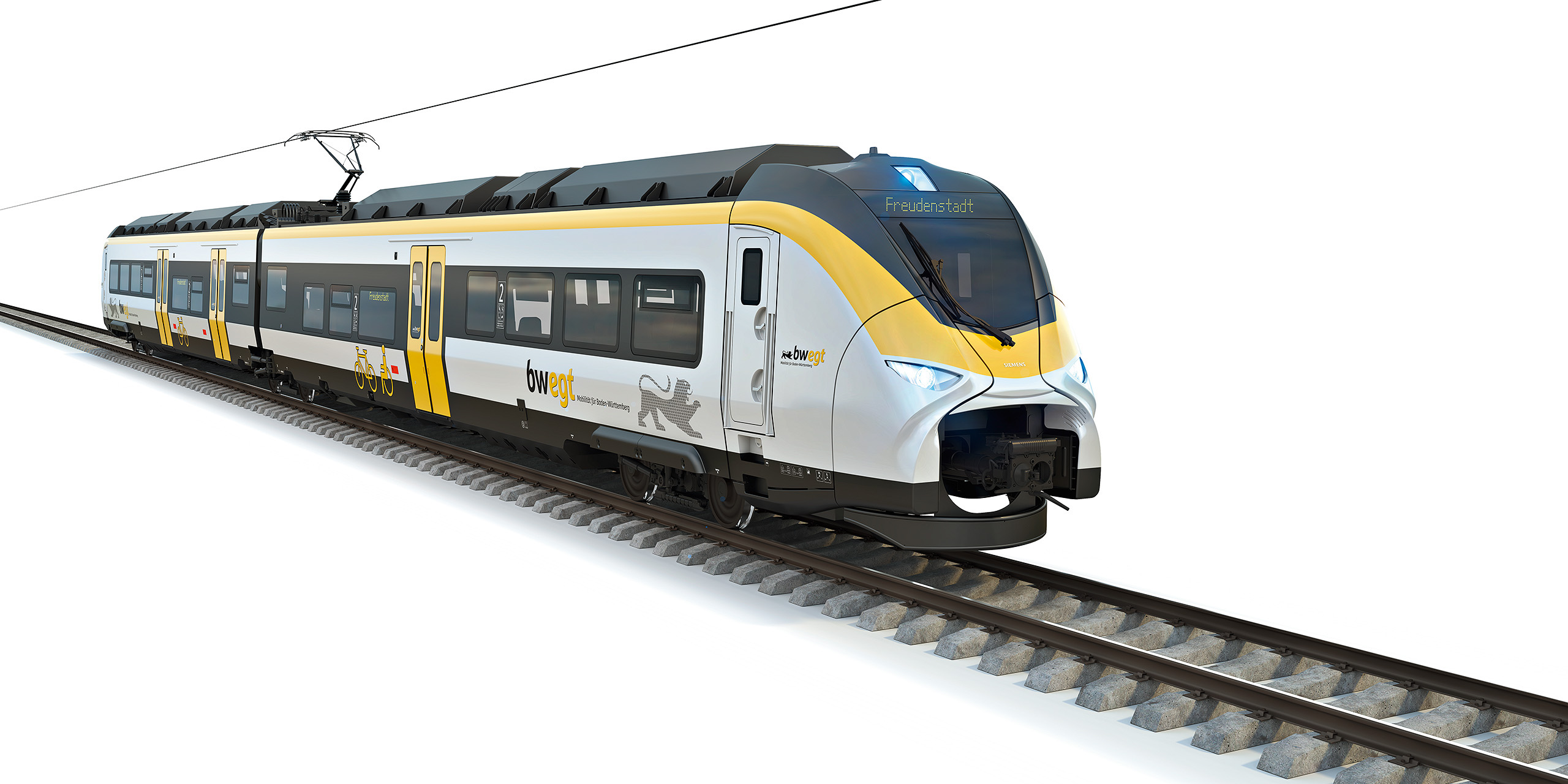Electric Trains
Electric trains are becoming increasingly popular as a means of reducing greenhouse gas emissions. Several companies and organizations are at the forefront of this solution, developing advanced technologies to make electric trains more efficient and reliable.

Image credit: Green Car Reports
job openings
View open jobs in this Solution
Example Companies
- Siemens AG - Develops electric trains with advanced motors, generators, and batteries.
- Alstom - Specializes in manufacturing railway equipment, including electric trains.
- Bombardier Inc. - Produces a variety of transportation equipment, including electric trains.
- General Electric - Innovates in electric train technologies, including motors and batteries.
- Hitachi Rail - Focuses on electric train systems and infrastructure.
Overview
Electric trains are a key solution to reducing greenhouse gas emissions from the transportation sector. Advances in electric motors, batteries, and renewable energy integration have made electric trains more efficient and reliable.
Learn More
Progress Made
Significant advancements have been made in electric train technologies:
- Hybrid Electric Trains: Use both diesel and electric power, reducing emissions by up to 30%.
- Battery Electric Trains: Store energy in batteries, reducing emissions by up to 50%.
- Solar Electric Trains: Use solar panels to generate electricity, reducing emissions by up to 80%.
- Wind Electric Trains: Use wind turbines to generate electricity, reducing emissions by up to 90%.
Solutions by Sector
Passenger Rail
- High-Speed Trains: Electric trains designed for high-speed travel between cities.
- Commuter Trains: Electric trains for daily commuting within metropolitan areas.
- Light Rail: Electric trams and streetcars for urban transportation.
Case Studies:
- Siemens Velaro, Germany: High-speed electric train with advanced energy efficiency (Siemens AG).
- Alstom Coradia iLint, Germany: Hydrogen fuel cell-powered commuter train (Alstom).
- Bombardier Flexity, Canada: Light rail vehicles for urban transit systems (Bombardier Inc.).
Freight Rail
- Electric Locomotives: Powerful electric engines for hauling freight.
- Hybrid Freight Trains: Combining electric and diesel power for long-distance freight transport.
- Automated Freight Systems: Using electric trains for automated and efficient freight movement.
Case Studies:
- GE Evolution Series, USA: Hybrid electric locomotives for freight transport (General Electric).
- Siemens Vectron, Europe: Versatile electric locomotive for freight and passenger services (Siemens AG).
- Hitachi Rail Freight Solutions, Japan: Advanced electric freight trains for efficient cargo transport (Hitachi Rail).
Infrastructure and Integration
- Electrified Rail Lines: Installing overhead wires or third rails for electric trains.
- Renewable Energy Integration: Using solar, wind, and other renewable sources to power electric trains.
- Charging Stations: Developing charging infrastructure for battery-electric trains.
Case Studies:
- Network Rail, UK: Electrification of rail lines to support electric trains (Network Rail).
- Deutsche Bahn's Renewable Energy Initiative, Germany: Integrating renewable energy sources into the rail network (Deutsche Bahn).
- Amtrak's Electrification Projects, USA: Expanding electric train services with new charging infrastructure (Amtrak).
Lessons Learned
- Efficiency: Electric trains are more efficient than traditional diesel-powered trains.
- Zero Emissions: Electric trains produce zero emissions, crucial for reducing pollution and mitigating climate change.
- Cost-Effectiveness: While installation costs are high, long-term savings in fuel and maintenance make electric trains a worthwhile investment.
- Reliable Power Supply: Ensuring a reliable and robust power supply is essential for electric train operations.
- Growing Popularity: Many countries are investing in electric train technology due to its environmental benefits.
Challenges Ahead
- High Costs: Electric trains and infrastructure are still relatively expensive compared to diesel trains.
- Infrastructure Requirements: Electrified rail lines and charging stations require significant investment.
- Energy Efficiency: Electric trains need to become more energy-efficient to maximize benefits.
- Reliability: Ensuring reliability in the face of power outages and grid issues is crucial.
Best Path Forward
- Supportive Policies: Create financial incentives and set targets for rail electrification.
- Infrastructure Investment: Invest in electrified rail lines, charging stations, and manufacturing capacity for electric trains.
- Public Awareness: Educate the public on the benefits of electric trains and the importance of climate change mitigation.
- Research and Development: Continue to innovate and improve electric train technology.
- Global Collaboration: Work with international organizations to share knowledge and best practices.
Image credit: Green Car Reports